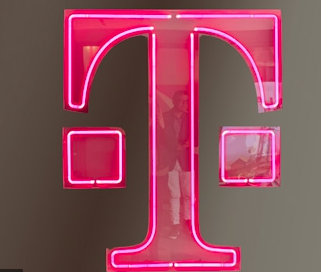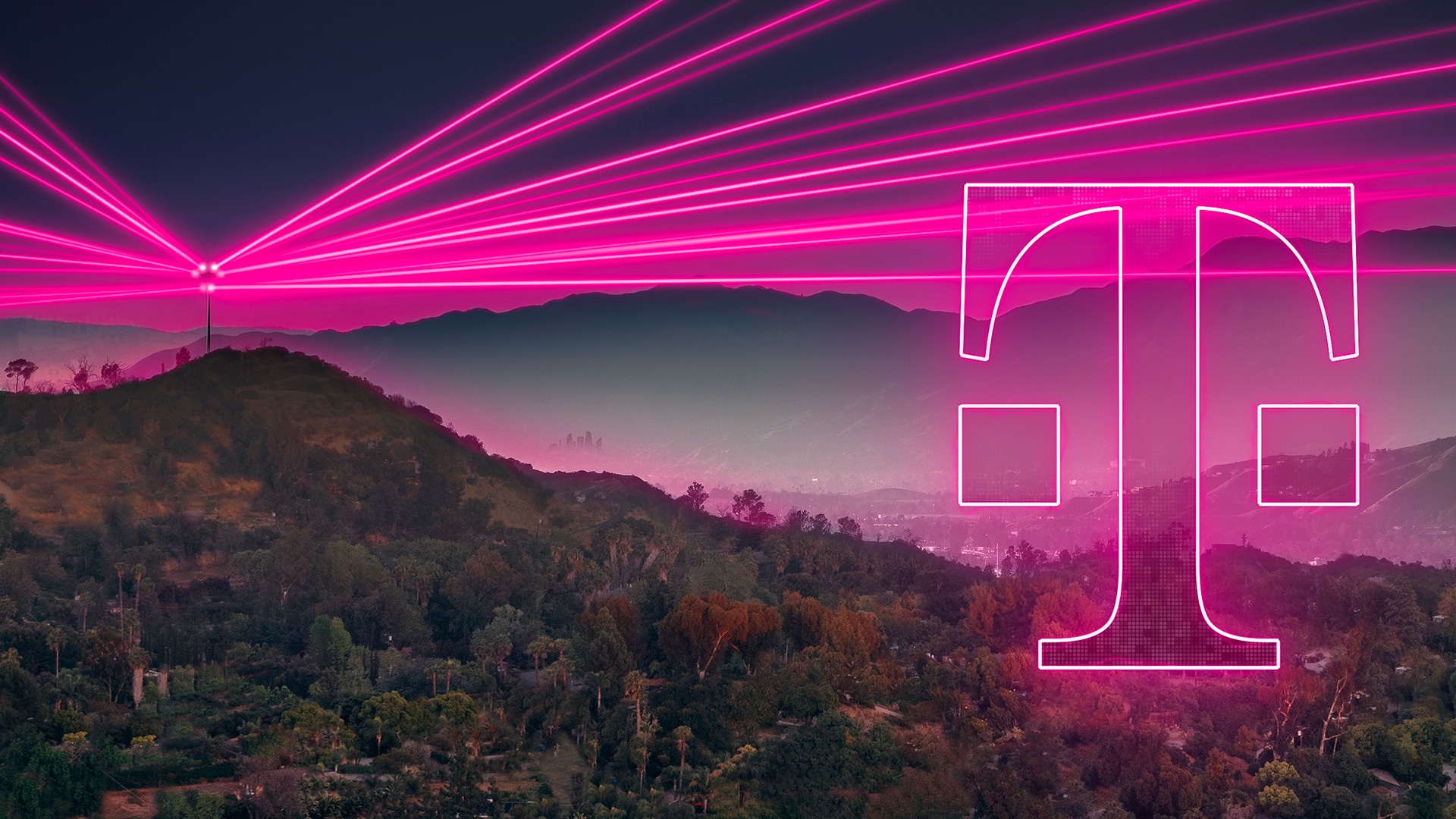
BELLEVUE, Wash. — August 2, 2023 – T-Mobile (NASDAQ: TMUS) today announced it launched a 5G network slicing beta for developers who are working to supercharge their video calling applications with the power of 5G SA. With a customized network slice, developers can sign up to test video calling applications that require consistent uplink and downlink speeds along with lower latency (near-real-time responsiveness) and increased reliability.
“The wireless industry has talked about 5G network slicing for years and at T-Mobile we’ve been putting in the work to bring it to life,” said Ulf Ewaldsson, President of Technology at T-Mobile. “Thanks to our nationwide 5G SA network, T-Mobile is the only operator in the country capable of unlocking this technology so developers can immediately begin creating applications that can one day provide tangible benefits to wireless users everywhere.”
Data traffic on video calling apps has increased dramatically over the last few years as more people work remotely or stay connected with family and friends on the go. That’s why T-Mobile is inviting developers to build new or create better versions of their applications through its network slicing beta — knowing the customized slice will provide their app with optimized network conditions. T-Mobile plans to expand the network slicing beta to additional application types and use cases in the future.
T-Mobile’s network slicing beta is available today for iOS developers in Seattle and San Francisco and is expected to expand nationwide and to Android later this year as device manufacturers adopt the slicing capabilities available on Android OS. Any video calling app developer — whether a large corporation or small startup — can sign up for the beta by visiting the Un-carrier’s developer platform DevEdge, and those in the greater Seattle area can join T-Mobile engineers at the 5G Hub to test and validate this capability on their applications. They’ll be among developers already working to supercharge applications from companies like Dialpad Ai, Google, Webex by Cisco, Zoom Video Communications, Inc. and more.
“With the rise of the hybrid workforce and an increase in complex applications, there has never been a more critical need for 5G,” said Brian Peterson, chief technology officer and co-founder of Dialpad. “T-Mobile’s 5G opens up incredible new possibilities for bringing mobile and AI applications to the next level. It gives us the ability to test new capabilities with features like network slicing and, ultimately, supercharge Dialpad and AI adoption for customers across the country.”
“Advanced 5G networks are more important than ever with work increasingly happening on the go in today’s era of hybrid work,” said Amit Barave, Vice President of Product Management, Webex by Cisco. “We are proud to be working side-by-side with T-Mobile to harness cutting-edge features like network slicing that will deliver innovative solutions to customers that empower hybrid work.”
T-Mobile is the leader in 5G, delivering the country’s largest, fastest and most awarded 5G network. The Un-carrier’s 5G network covers 326 million people across two million square miles — more than AT&T and Verizon combined. 285 million people nationwide are covered by T-Mobile’s super-fast Ultra Capacity 5G, and the Un-carrier plans to reach 300 million people with Ultra Capacity this year — nearly everyone in the country.
For more information on T-Mobile’s network slicing beta, visit devedge.t-mobile.com/5g-network-slicing.
For more information on T-Mobile’s network, visit T-Mobile.com/coverage.
Follow T-Mobile’s Official Twitter Newsroom @TMobileNews to stay up to date with the latest company news.
###
Note: Limited-time beta for participating developer network traffic through specialized video calling slice. Capable device required; coverage not available in some areas. Some uses may require certain plan or feature; see T-Mobile.com.




